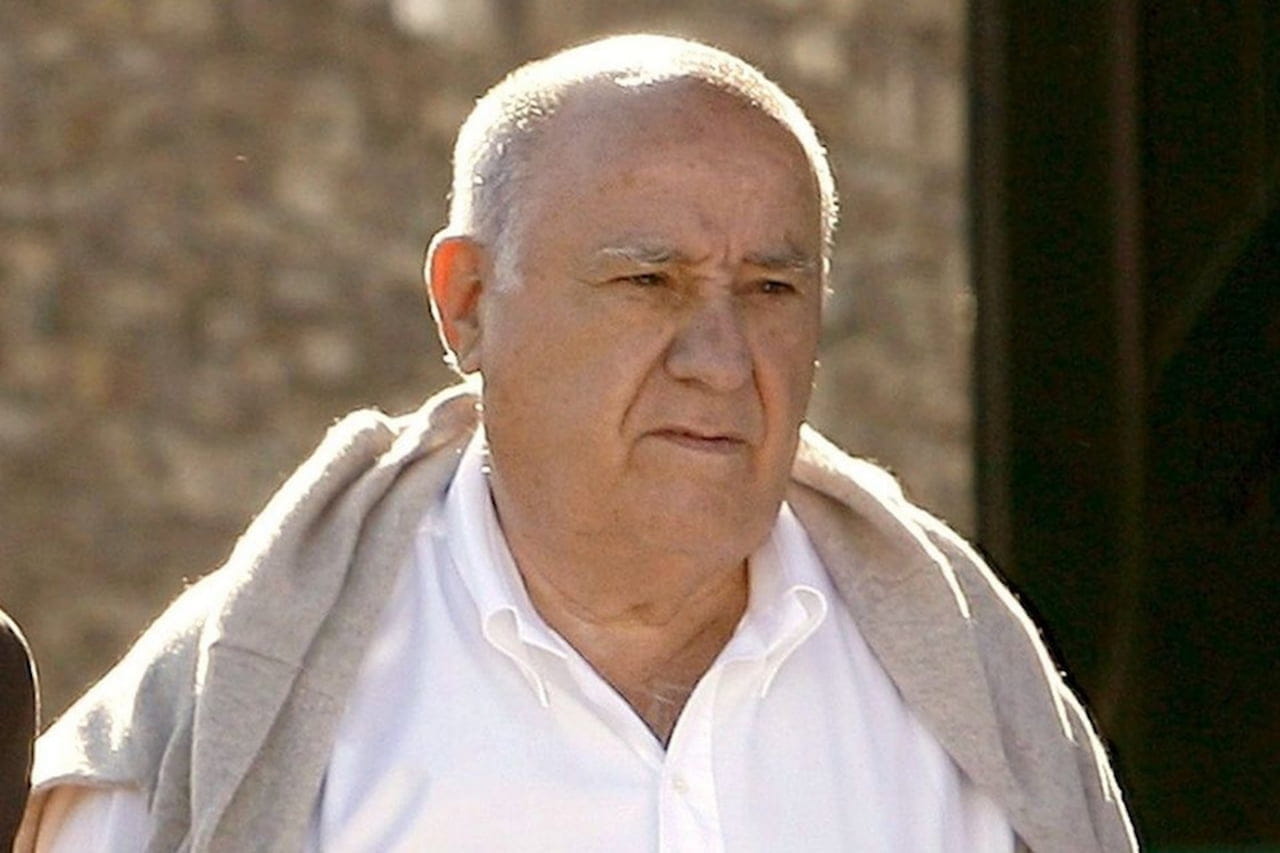2009 Brawn GP: Jenson Button And The Historic Formula 1 Season

Table of Contents
The 2009 Formula 1 season delivered a shockwave that reverberates through motorsport history: the unexpected triumph of Brawn GP. From the ashes of Honda's withdrawal, a small, relatively unknown team, led by the legendary Ross Brawn, not only entered the championship but dominated it, securing a stunning constructor's and driver's championship with Jenson Button at the wheel. This underdog story, etched into the annals of Formula 1, showcases the power of innovation, strategic brilliance, and sheer driver skill. This article delves into the remarkable 2009 F1 season, exploring the factors that propelled Brawn GP and Jenson Button to unprecedented heights.
The Revolutionary Brawn GP BGP 001
Aerodynamic Advantage: Double Diffuser and its Impact
The Brawn GP BGP 001 wasn't just a car; it was a revolution. Its secret weapon? The controversial, yet ingenious, double diffuser. This aerodynamic innovation, designed by a team led by aerodynamicist Geoff Willis, significantly increased downforce by manipulating airflow more effectively than the single diffusers used by rival teams. The double diffuser cleverly channeled air under the car, creating a more powerful Venturi effect.
- Increased downforce: Improved cornering speeds and overall car stability.
- Reduced drag: Enhanced straight-line speed.
- Legal controversy: Initially questioned by rival teams regarding its legality, the FIA ultimately confirmed its compliance with the regulations. This sparked intense debate and fueled the narrative surrounding Brawn GP’s dominance.
The double diffuser wasn't just an incremental improvement; it was a game-changer, instantly catapulting Brawn GP to the forefront of the grid. Images and technical diagrams of the double diffuser clearly illustrate its complexity and effectiveness – a testament to the team's engineering prowess in 2009 F1. The Brawn GP BGP 001, with its groundbreaking aerodynamic package, redefined F1 technology.
Engine Partnership and Performance: Mercedes-Benz Power
The Brawn GP BGP 001's success wasn't solely reliant on its revolutionary aerodynamics. A crucial partnership with Mercedes-Benz provided the team with a reliable and powerful engine. The Mercedes-Benz FO 108W engine was not only potent but also remarkably consistent throughout the season, a factor critically important in securing championship points.
- Reliability: Fewer mechanical failures, maximizing points potential.
- Power output: Competitive engine performance throughout the season.
- Synergy: Excellent integration between engine and chassis, optimizing performance.
The partnership with Mercedes-Benz was an integral piece of the puzzle, contributing significantly to Brawn GP’s competitiveness and ultimately, its championship-winning season. The combination of cutting-edge aerodynamics and a dependable, powerful engine proved to be unbeatable in the 2009 F1 season.
Jenson Button's Stellar Drive to the Championship
Consistency and Racecraft: Button's Key to Success
Jenson Button's 2009 season wasn't defined by spectacular overtakes alone, although he delivered those too. His championship win was built on unwavering consistency and exceptional racecraft. He rarely made mistakes, consistently scoring points even when the car wasn't at its absolute peak. His strategic prowess, in collaboration with his team, allowed him to maximize points in varying race conditions.
- Consistent point scoring: A testament to Button’s driving skill and the team's strategy.
- Strategic brilliance: Masterful race management and tire strategy.
- Defensive driving: Exceptional ability to defend his position and prevent others from gaining an advantage.
Button’s driving style was a perfect blend of aggressive overtaking when necessary and controlled, calculated driving throughout the majority of races. He exhibited both a remarkable understanding of the car and the race situations.
Key Races and Defining Moments: Turning Points of the Season
Several races solidified Button's championship bid. The victories in the wet conditions of Brazil and Hungary demonstrated his superior wet-weather driving skills, setting him apart from his rivals. The battle with Sebastian Vettel and Rubens Barrichello provided high-stakes drama and strategic challenges, pushing Button to consistently deliver exceptional performances.
- Brazilian Grand Prix: A stunning victory in challenging wet conditions.
- Hungarian Grand Prix: Another commanding win showing his adaptability and skill.
- Close competition with Vettel: Intense battles throughout the season that highlighted Button's competitiveness.
These key races, punctuated by fierce competition with drivers like Sebastian Vettel, were defining moments, showcasing Button's abilities and the Brawn GP team's strategic prowess in the highly competitive 2009 F1 season.
Rubens Barrichello: The Supporting Role and Team Dynamics
Barrichello's Contribution and Team Synergy
Rubens Barrichello, a seasoned Formula 1 veteran, played a crucial supporting role in Brawn GP's success. His experience and feedback were invaluable to the team's development, while his points contributions were also significant. The collaborative spirit within Brawn GP, particularly between Button and Barrichello, was a key element of their success. There was minimal internal conflict, ensuring the team focused its energy on maximizing performance.
- Valuable feedback and experience: Enhancing the car's development and performance.
- Strong teammate relationship: Minimal internal conflicts, supporting team unity.
- Significant points contribution: Supporting the team's overall championship victory.
The team dynamic of Brawn GP was a powerful force. Both drivers contributed to a harmonious team atmosphere, allowing them to focus their collective effort on overcoming the challenges of the 2009 Formula 1 season.
The Legacy of Brawn GP: A Short-Lived But Impactful Era
Sale to Mercedes GP and Lasting Impact on F1
Brawn GP’s remarkable success was short-lived. The team was purchased by Mercedes-Benz at the end of the 2009 season, becoming Mercedes GP. However, the impact of Brawn GP remains significant. The double diffuser innovation, though eventually banned, forced other teams to adapt and pushed the boundaries of F1 aerodynamic design for years to come. The team's success serves as a compelling story of innovation, teamwork, and skillful execution in the face of significant challenges.
- Innovation catalyst: The double diffuser spurred rapid development and technological advancements in aerodynamics.
- Underdog triumph: Inspiring to underfunded teams and aspiring racers.
- Historical significance: A reminder of how a combination of strategic decisions and brilliant execution can lead to astonishing success.
The legacy of Brawn GP extends far beyond its brief existence; it continues to inspire and influence the Formula 1 world.
Conclusion: Remembering the Underdog Triumph of Brawn GP in 2009
The 2009 Formula 1 season remains a testament to the power of innovation and teamwork. Brawn GP, an unlikely contender, shocked the world with its dominance, securing both the constructor's and driver's championships. Jenson Button's stellar performance, coupled with the revolutionary double diffuser and the strong team dynamic, created a winning formula. The impact of Brawn GP's success on Formula 1's aerodynamic development is undeniable. Share your memories of this historic Formula 1 season in the comments below! Learn more about the incredible 2009 Brawn GP story by exploring our other articles on Formula 1 history.

Featured Posts
-
 Trade War Intensifies Amsterdam Stock Market Opens Down 7
May 25, 2025
Trade War Intensifies Amsterdam Stock Market Opens Down 7
May 25, 2025 -
 Conchita Wurst And Jj At Eurovision Village 2025 Concert Details
May 25, 2025
Conchita Wurst And Jj At Eurovision Village 2025 Concert Details
May 25, 2025 -
 How To Stay Safe During A Flash Flood Emergency
May 25, 2025
How To Stay Safe During A Flash Flood Emergency
May 25, 2025 -
 Gli Uomini Piu Ricchi Del Mondo Secondo Forbes 2025 Analisi Della Classifica
May 25, 2025
Gli Uomini Piu Ricchi Del Mondo Secondo Forbes 2025 Analisi Della Classifica
May 25, 2025 -
 Dealerships Intensify Opposition To Mandatory Ev Sales
May 25, 2025
Dealerships Intensify Opposition To Mandatory Ev Sales
May 25, 2025
